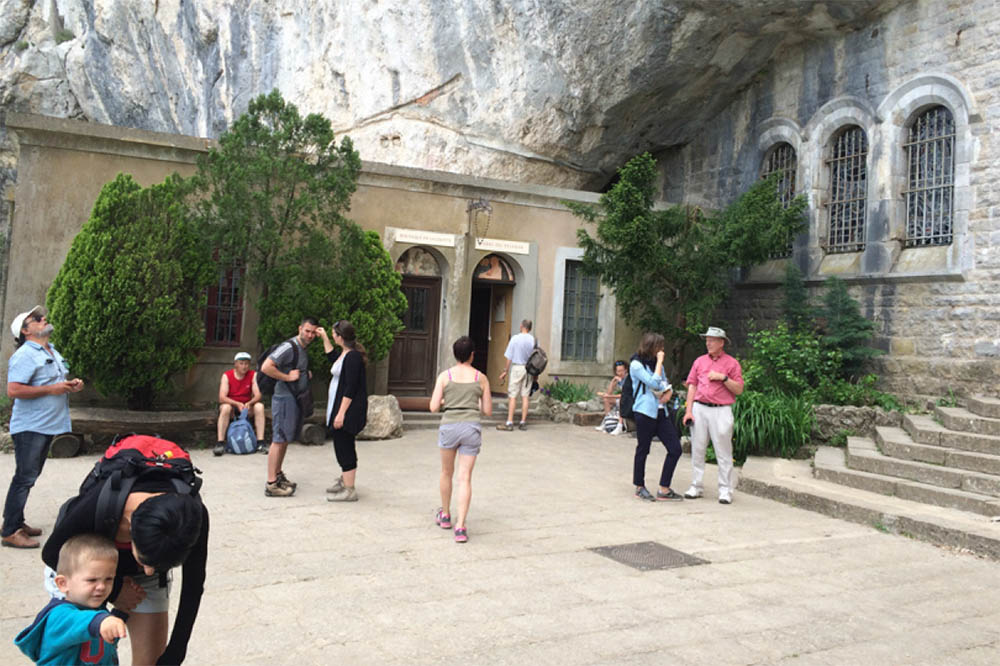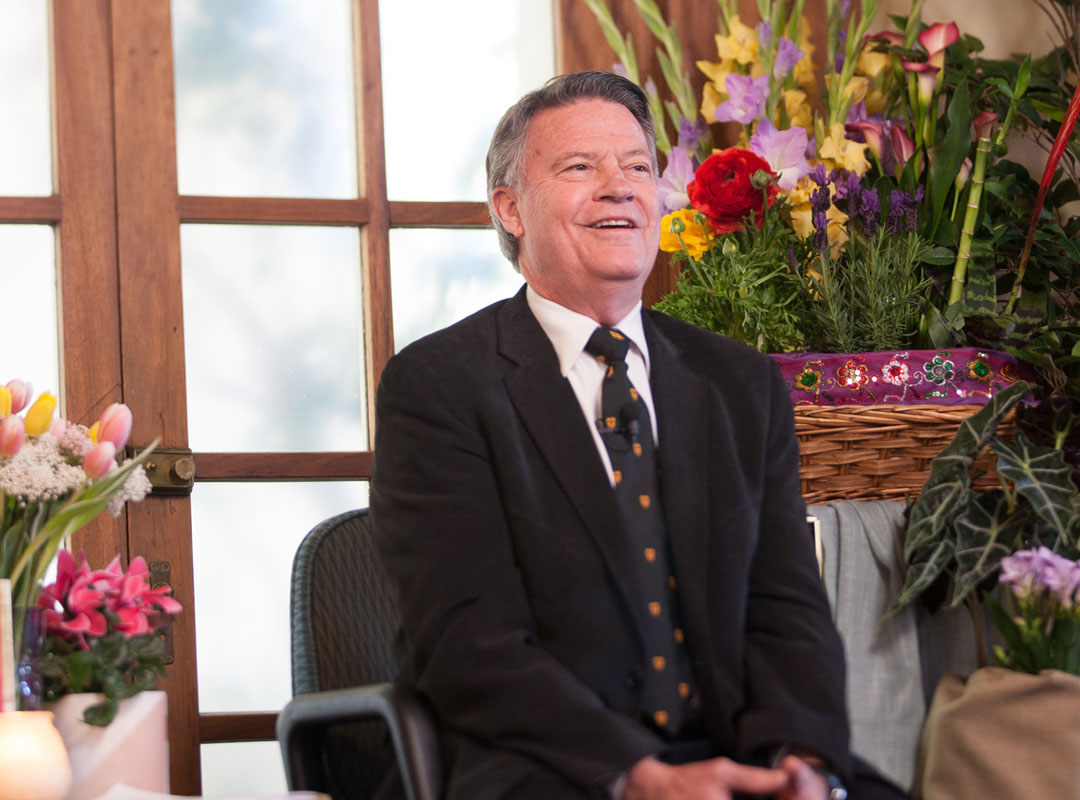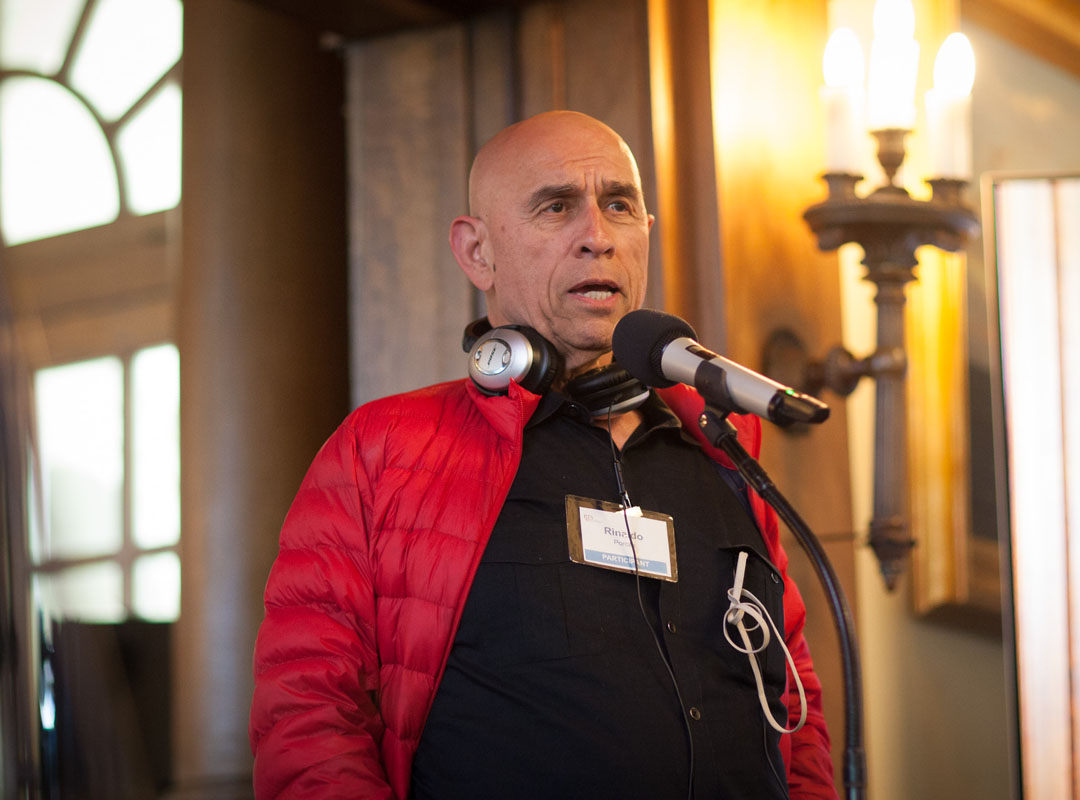Mary Magdalene is best known for having been the first one present at Jesus Christ’s resurrection, and a symbol of His power of forgiveness and transformation. Though her true story has been altered, and perhaps many facts added or removed over the centuries, more details and theories of her life have surfaced in recent years, calling into question whether the usual depiction of Mary Magdalene as a sinful prostitute accurately reflects her entire persona.
Mary was a common name in those times, and while Biblical texts are unclear as to whether Mary of Bethany and Mary Magdalene were actually the same woman, it’s typically agreed that Mary was a devout follower of Jesus, one of the few noted females in Biblical history who spent much of her life carrying Christ’s message to others. The devoted followings that developed around her life and circumstances are often referred to as “cults” in the writings available, with one particular legend gaining ground with devotees in the Middle Ages, and now with many religious historians.
“The post-Ascension portion of the legend developed in a great variety of ways,” writes Sherry L. Reames, editor of Middle English Legends of Women Saints, “but the dominant version in the West was clearly the one that claimed that she journeyed to Provence in a rudderless boat, had a successful career as an apostle in Marseilles and Aixen-Provence, and then spent 30 years alone in the wilderness nearby as a contemplative hermit.”

Entrance to the Grotto
The more limited Biblical rendering of Mary Magdalene as merely a wicked, penitent prostitute contrasts with the multiple versions that circulated during the Middle Ages and which expanded her accepted biography. French church historian Victor Saxer, best known for his pioneering work on the cults and study of Magdalene legends, has distilled the most popular French Provence example into components that originated separately and bore changes and additions typical of the Roman Catholic Church’s habit of altering doctrine to please the existing hierarchy.
In nowhere more than France have Magdalene cults flourished and added new and varying details to known records of the saint’s life. Roman Catholic tradition combined traits of Mary Magdalene, Mary of Bethany and a third Mary present at the Crucifixion into one woman, the so-called “composite Magdalene” which has become a favored view. The dominant legend, as noted above, highlights her apostolic career in what was then Gaul after three siblings — Mary, Martha and Lazarus — took a dramatic voyage by sea.
In greater detail, the leading French tale goes like this: Hostile to those first seeds of Christianity being carried by Mary, Martha and Lazarus, Egyptian Jews eventually put the three out to sea in a vessel without sails, oars or helm. They braved a dangerous passage from the Holy Land to spread Jesus’ teachings after his crucifixion. Their miraculous voyage with other Christians ended with a safe landing in Saintes-Maries-de-la-Mer, after which they began their new lives spreading Jesus’ teachings around the French countryside.
Mary Magdalene is said to have preached to the locals in Saintes-Maries, converting many to Christianity. But since female apostolacy was rejected by the Church at the time, some “monkish narrator” (as described by author Susan Haskins in her book, Mary Magdalene, Myth and Metaphor) decided it was best to change the legend to better conform to prevailing Church doctrine. So instead of preaching after landing in France, the new version had Mary Magdalene seeking a life much like a hermit, one of solitude. Saxer has cited the vita eremetica, this story of her contemplative life in wilderness seclusion, as likely having been borrowed from a Greek legend about a reformed prostitute known as Mary of Egypt.
As this version continues, Mary Magdalene makes her way to a grotto near Provence that’s crowned with an enormous, solitary rock. La Sainte-Baume (“Holy Cave,” baumo in Provençal) became her first sanctuary. Her “life of penance” included deep contemplation and holy rituals; she lifted up each day, fasting and taking of heavenly communion, and traveling the inner realms of light. In the Gnostic Book of Thomas Mary describes the soul’s journey through the spheres. She was the “apostle of apostles, the woman who knew all,” a veneration originally ascribed to a particular sermon given by the 10TH century Catholic Saint Odo of Cluny, who’s also credited with being the first authority to combine the three Marys of the Gospels into one woman.
In the autumn of her years, legend goes on, Mary had a dream of her death. She started a long journey from Saint-Baume to St. Maximin, named after the first Bishop of Aix who received her and prior to her death gave her the Communion of the Body and Blood of Jesus Christ. St. Maximin laid her body in an alabaster tomb and prepared his own burial space opposite the monument.
Contrasting religious legends and historical records aside, to the faithful Mary Magdalene’s bones had in fact come to rest at St. Maximin. This longstanding belief is strongly enhanced by a “divine inspiration” that reportedly overcame a leading figure at the time: Louis IX’s nephew Charles of Salerno, the count of Provence and son of the king of Sicily. Only five months after the tomb’s discovery, on May 5, 1280, an exhumation of its relics was performed by local civic and ecclesiastical dignitaries and presided over by the inspired Charles.
“Thus Charles and his allies attempted to reclaim the saint’s patronage and protection,” writes Reames, “ … But the cult of Mary Magdalen in France was a larger phenomenon than the claims of any single region or family … The tradition that she and Lazarus personally brought Christianity to Gaul in the first century had such patriotic appeal that it remained stubbornly lodged in French popular belief until the nineteenth century, despite the best efforts of historians to debunk it.”
The cult at St. Maximin still lives on as the Catholic faithful commemorate their saint during the week of July 22-28. They visit the famed grotto and hold midnight mass on the night of July 21-22. Days later, the townspeople carry about a blackened skull said to be that of a woman of the first century and believed to be Mary Magdalene’s head. Today, the sacred relic is held the sacristy located in the eastern wing of the Basilica Saint Mary-Magdalene and the Royal Convent in Saint-Maxima, with her other remains held in a tightly secured vault.
On May 14, 2015, Ascension Day of Jesus Christ, two new friends and I walked the steep gravel “La voie Royale,” a royal path used by the French kings while going up to the grotto. The peaceful forest was filled with singing birds; a breeze filled the tall trees that hid the winding path upward. Signs posted along the way read, “Silence.” Warm sunshine enveloped my being. At the top of the gravel trail, a column of stone stairs leads to a re-creation of the Passion of Christ. A few steps further, and there is the opening to the legendary home of Mary. Seven Dominican priests take care of the chapel inside where Mary Magdalene is said to have lived, with an altar and statues of her placed around the grotto. Seven stained glass windows give the dark cave light.
As we sat inside on folding chairs, I asked my friends if they would like to pray with me. They agreed, so I called in the Light and we chanted HU and planted a light column in the grotto and the mountain. I was open to receive anything that Mary Magdalene might want to share. Then my friends and I moved around the grotto. I walked down into a smaller chapel where a statue of Mary stood beside some lighted candles. I called in the Light a second time and began doing my tone. A bright, radiant light appeared in my inner vision. The loving face of a beautiful woman appeared and she said to me, “Welcome, sister.” I felt like we knew each other. The loving was very present. There is serenity in Mary’s pure and last castle Magdalo, her mountain home, and everyone is welcome.
This article was published in the September | October 2015 edition of the New Day Herald Online Magazine, available via ISSUU.
Browse the magazine below by using right and left arrows. Simply click a page to read the full article.


















Glad to have this. THANK YOU. So interesting.
Lovely. thanks for sharing.
Beautiful. Thanks you <3
Thank you. God bless.
“La Voie Royale” is the “Way of the Heart” <3
Blessings and love and gratitude for your sharing and service <3
Love and Light to each of you; Thanks for being there. I am with you. LLL,Merlene Bukovich
thank you Leigh